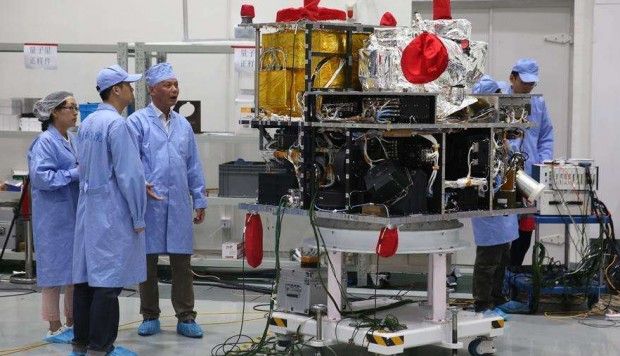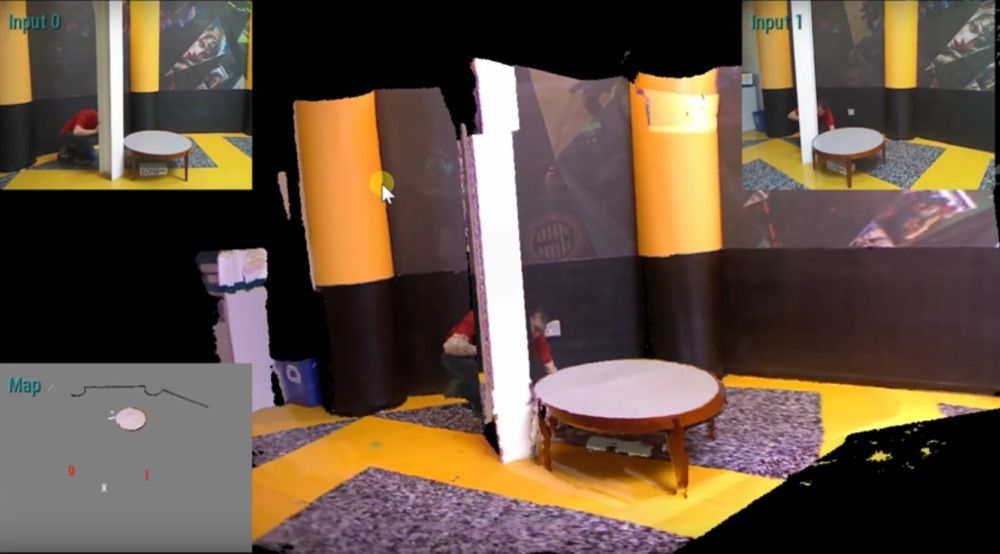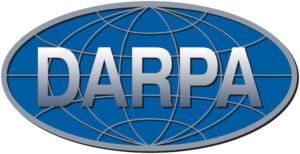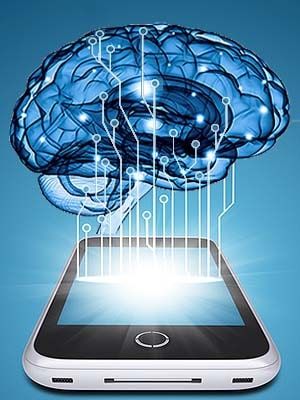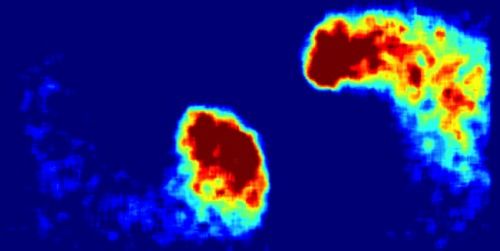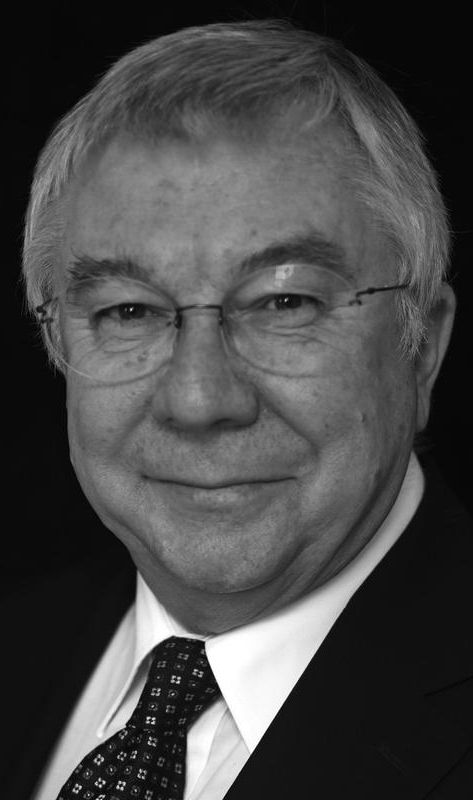Fog, blizzards, gusts of wind — poor weather can often make the operation of rescue helicopters a highly risky business, and sometimes even impossible. A new helmet-mounted display, developed by researchers at the Technical University of Munich (TUM), may in the future be able to help pilots detect hazards at an early stage, even when their visibility is severely impaired: the information required to do this is created in an on-board computer and imported into digital eye glasses.
A new study has shown that this augmented reality improves the performance of pilots.
Thick clouds hang over the Tegernsee. The range of sight is just a few hundred meters. Under normal circumstances, a helicopter would not be allowed to take off in such weather — the danger that the pilot would not be able to react in time to a construction crane, a power line or a mountain would be too great.

